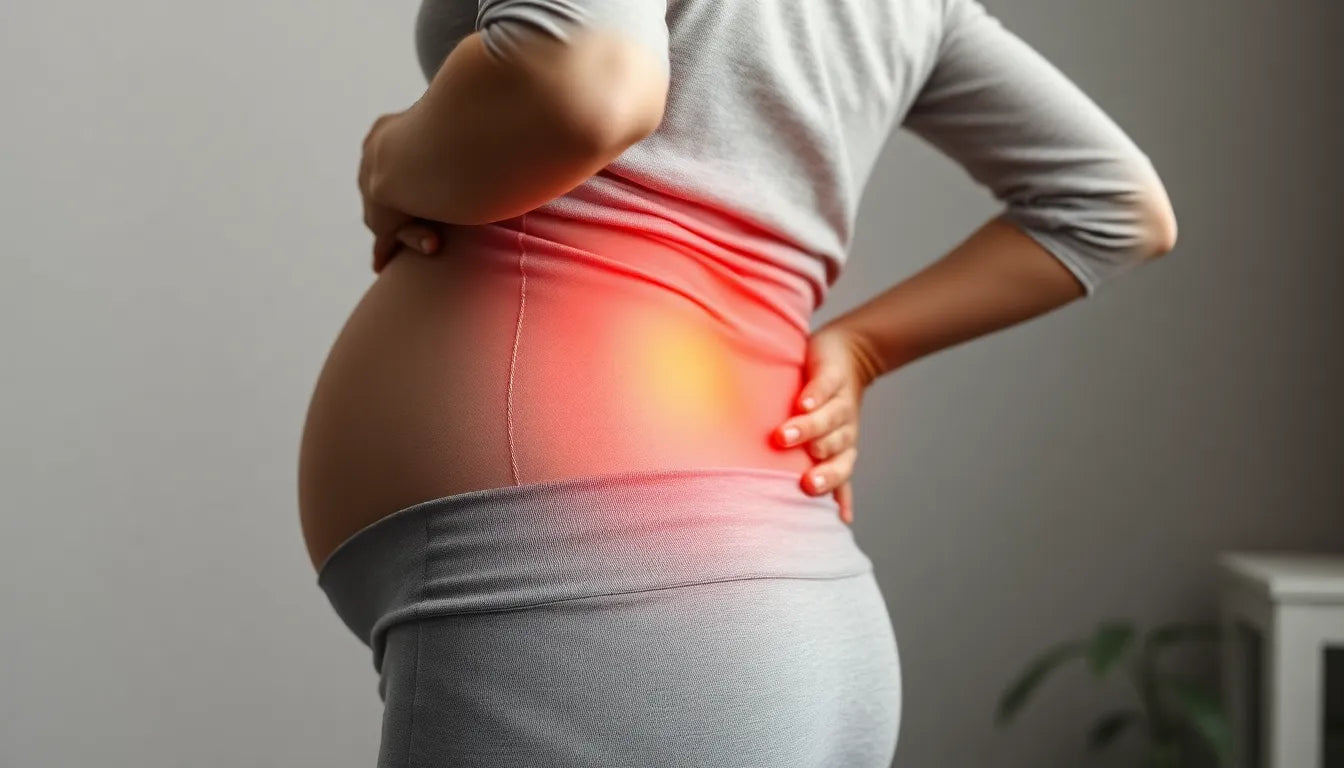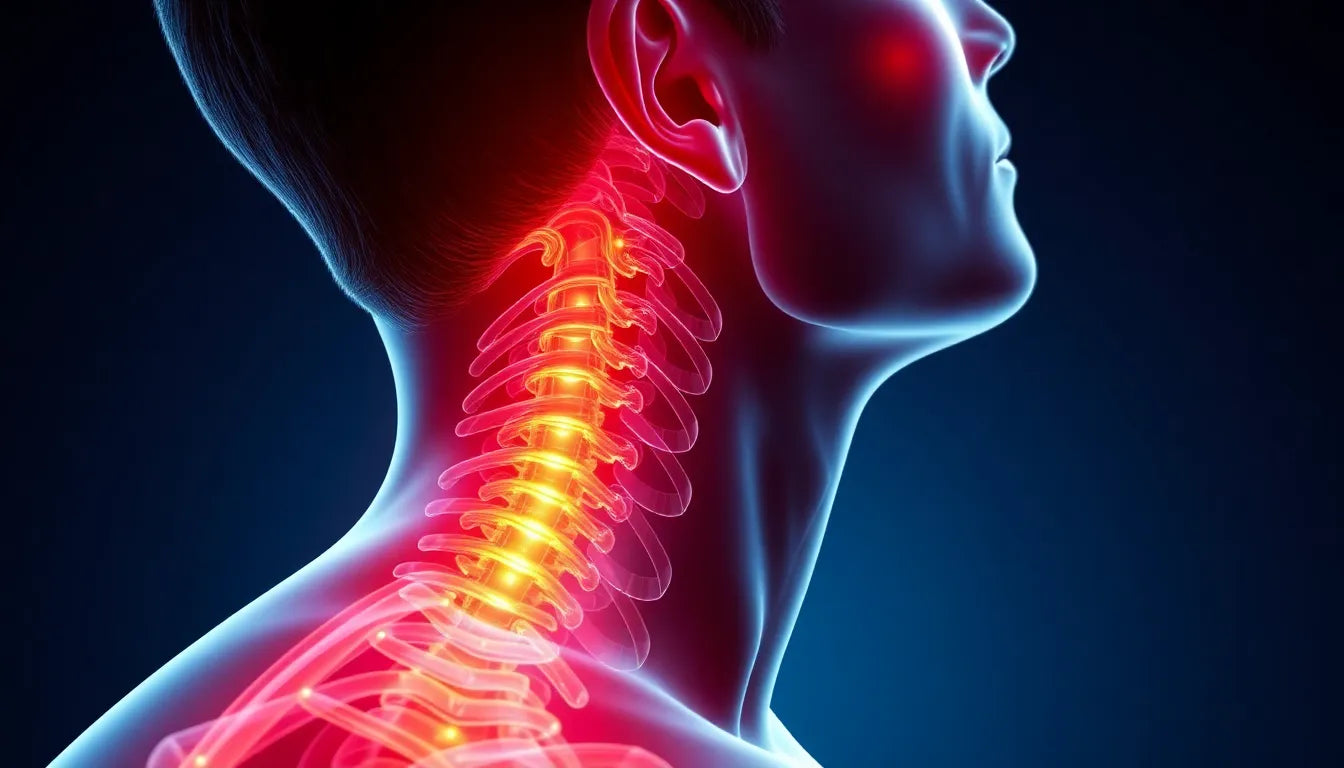Back pain is a common ailment that many people experience at some point in their lives. However, not all back pain is created equal. In some cases, it can be an indicator of a more serious underlying condition, such as pleuritis, known in Danish as lungehindebetændelse. This condition involves inflammation of the pleura, the thin membrane surrounding the lungs, which can lead to sharp, stabbing pain not only in the chest but also radiating to the back.
Recognizing the signs: more than just back pain
Understanding the symptoms of pleuritis is crucial, especially when back pain is involved. While many might dismiss back pain as a result of poor posture or muscle strain, recognizing unusual pain patterns can be vital. Pleuritis can often be overlooked because its symptoms can mimic those of other common ailments, yet the pain it causes is distinct. It typically worsens with deep breaths or coughing, and can be one-sided, spreading to the back and shoulder depending on the area affected.
The importance of symptom awareness
Being aware of the potential link between back pain and pleuritis is not just about understanding the symptoms; it’s about knowing when to seek medical attention. Many people might ignore back pain until it becomes unbearable, but when it’s associated with pleuritis, early detection and treatment are key to managing the condition effectively. Common scenarios where back pain might be misinterpreted include after a respiratory infection, where the pain could signal something more than just a lingering cough.
Setting the stage for deeper exploration
This blog post aims to delve deeper into how pleuritis can cause back pain, what specific symptoms to watch for, and the importance of timely medical intervention. By understanding these connections, individuals can better advocate for their health and seek appropriate care when needed. In the following sections, we will explore the causes, symptoms, and treatment options for pleuritis, providing a comprehensive guide to help you navigate these unexpected and often confusing symptoms.
understanding pleuritis and its symptoms
Pleuritis, or lungehindebetændelse, is a condition characterized by inflammation of the pleura, the delicate membrane enveloping the lungs. This inflammation can result in sharp, stabbing pain that is often experienced in the chest and back. The pain typically intensifies with deep breaths or coughing, making it a distinctive symptom that should not be ignored. While the discomfort is often localized to one side of the body, it may radiate to the back and shoulder, depending on the specific area affected by the inflammation.
causes and triggers of pleuritis
The onset of pleuritis is frequently linked to bacterial or viral infections, such as those that follow pneumonia. However, other causes include pulmonary embolism, which is a blood clot in the lung, and physical trauma to the chest. These conditions can lead to pleural effusion, where fluid accumulates in the pleural space, exacerbating symptoms and potentially causing shortness of breath. Understanding these triggers is crucial for both prevention and early intervention, helping to mitigate the severity of pleuritis and its associated pain.
diagnostic importance of back pain
Back pain plays a significant role in diagnosing pleuritis and distinguishing it from other conditions. While back pain is a common complaint, its presence alongside respiratory symptoms can be a crucial indicator of pleuritis. This diagnostic clue is vital for healthcare providers to consider when evaluating patients with respiratory infections, as it can help differentiate pleuritis from other causes of back pain. Recognizing when back pain signals a more serious condition is essential for timely medical evaluation and treatment.
patient-centric case narratives
Consider the story of a hypothetical patient, Anna, who initially dismissed her back pain as a result of poor posture. However, as the pain intensified and was accompanied by a persistent cough and fever, she sought medical attention. Her doctor, recognizing the pattern of symptoms, diagnosed her with pleuritis. Anna's experience underscores the importance of not ignoring back pain when it occurs alongside respiratory symptoms. For those experiencing similar symptoms, practical checklists can guide decisions about when to seek medical care, such as when pain worsens, or if there are additional symptoms like fever or shortness of breath.
anatomical explanation of pleuritis-related pain
To understand how pleuritis causes pain in the back, it's helpful to consider the anatomy involved. The pleura are two thin layers of tissue that protect and cushion the lungs. Inflammation of these layers can cause friction during breathing, leading to the sharp pain associated with pleuritis. This pain is not confined to the chest; it can extend to the back and shoulders due to the interconnected nature of the body's nervous system. A visual diagram can be a useful tool to illustrate this anatomical relationship, helping to clarify why pleuritis can cause pain in unexpected areas.
By understanding the causes, symptoms, and diagnostic importance of pleuritis-related back pain, individuals can better recognize when to seek medical attention and advocate for their health. This knowledge is crucial for ensuring timely and effective treatment, reducing the risk of complications, and promoting a smoother recovery.

Men's Posture Shirt™ - Black
Patented posture shirt activates muscles, relieves pain, and improves awareness for work, exercise and leisure.

Lumbar support belt
Stabilises and relieves lower back pain—adjustable for daily activities or therapeutic support.
ergonomic relief and support strategies
For individuals experiencing pleuritis-related back pain, incorporating ergonomic strategies can provide significant relief. Maintaining good posture is essential; using ergonomic chairs and supportive cushions can help reduce strain on the back and shoulders. Additionally, practicing controlled breathing techniques can minimize discomfort during deep breaths. Rest is crucial, but it's important to balance it with gentle movement to prevent stiffness. Adjusting your environment to include ergonomic aids can make a substantial difference in managing pain effectively.
how anodyne supports pleuritis recovery
Anodyne specializes in ergonomic aids that can be particularly beneficial for those dealing with the discomfort of pleuritis. Our range of products includes ergonomic seating solutions, posture-correcting devices, and supportive cushions designed to alleviate pain and enhance comfort. By integrating these aids into your daily routine, you can create a more supportive environment that facilitates recovery. Anodyne's expertise in ergonomics ensures that our products are both effective and user-friendly, making them ideal for individuals seeking relief from pleuritis-related pain.
frequently asked questions
what are the common symptoms of pleuritis?
Pleuritis typically presents with sharp, stabbing pain in the chest and back, which often worsens with deep breaths or coughing. Other symptoms may include fever and shortness of breath.
how is pleuritis diagnosed?
Diagnosis of pleuritis involves a clinical evaluation, imaging tests like X-rays or CT scans, and sometimes blood tests to identify underlying infections.
what treatments are available for pleuritis?
Treatment varies based on the cause but may include antibiotics for bacterial infections, pain relief medications, and procedures to remove excess fluid if necessary.
can ergonomic aids help with pleuritis-related pain?
Yes, ergonomic aids can provide support and comfort, helping to manage posture and reduce strain on affected areas, which can alleviate pleuritis-related pain.
when should I seek medical attention for back pain?
If you experience severe, persistent back pain, or if it's accompanied by symptoms like fever, difficulty breathing, or chest pain, it's important to seek medical evaluation promptly.


















